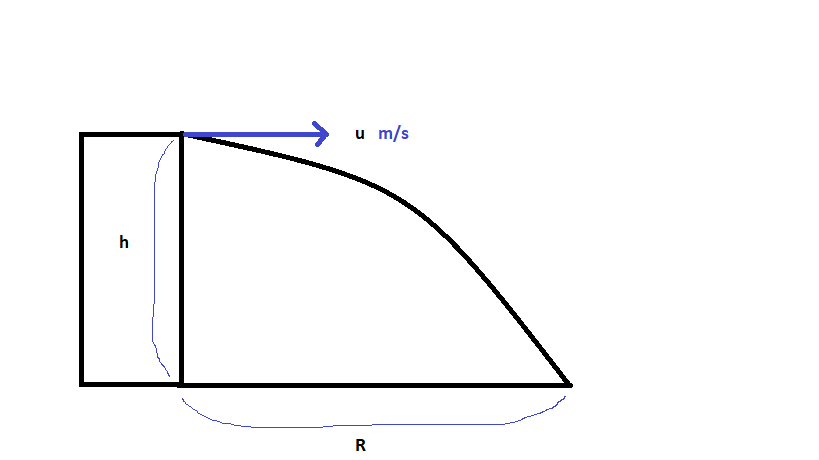An object is thrown horizontally from a height how does the time of flight and the range of the object change when the magnitude of initial velocity tripled?
1 Answer
Mar 17, 2018
When an object is thrown horizontally from constant height
so,
So,we can see this expression is independent of initial velocity
now,if it went upto
So,we can see,from the above expression that,
So,on tripling


